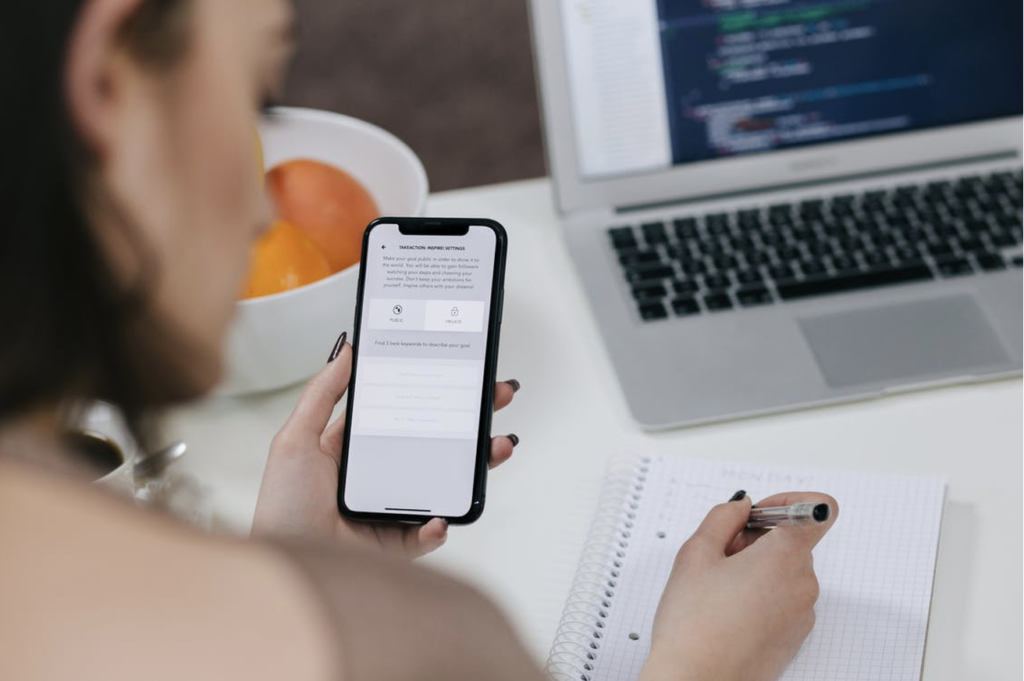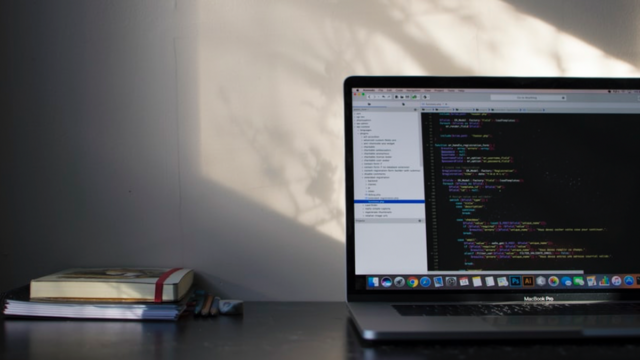Mobile applications generate high revenues in the app stores and in-app purchases and advertisements. It is projected to make over $510 billion by 2022. Many businesses are trying to cope with this trend, while others neglect it as they don’t know much about app development.
Through the following step-by-step guide you can familiarize yourself with mobile app development considering the recent mobile app trends.
Before jumping into the process of development, let’s consider the ways you can develop your app.
Options to Get Your App Developed
Contents

You can hire an iOS or Android app development company in Australia to develop your mobile app or DIY it using app builders.
Hiring an agency to develop your app would cost in the range of $40K to above $120K, depending on complexity. Though, if you want to go with the app builders it would definitely cost you lower.
The result of developing an app by an agency and doing it yourself with app builders can be different, too. App builders have limitations for professional and complex features.
Also, the agencies can offer complementary services. These services may include web development, digital marketing campaigns, and consulting on various campaigns like Youtube ads cost estimation.
You need to consider your budget and resources, as well as your target to choose the best option for your mobile application development.
Mobile App Development Process

Now that we considered different options, let’s find out what main steps does a successful app development process include:
1. Strategizing
After you come up with an app idea it’s time to think about how you can implement it. It means that you should define the details and objectives that help you evolve the idea into a product.
The first thing in this stage is to define your target market or app audience. You should also study the market to find out who your competitors are and how they are serving the existing market.
Then, it’s time to set objectives you want to reach using the app. It can include the number of users, the revenue, or any other goal you may have by creating the mobile app.
Afterward, decide on the platform you want your app to be developed in. Consider that Android has most of the market share, and iOS is the next most popular mobile app development platform. Though, you should decide on the platform based on your market research and goals.
2. Planning
When you define your strategy and determine your goals, your app development starts to shape as a project. In this stage of the mobile development process, you can create a roadmap.
You can set milestones throughout the path of going from idea to the final product. It consists of short-term targets and deliveries.
For instance, one of the key milestones that should be set by any mobile app developer is the delivery of an MVP or minimum viable product. It is the first launch of a product undergoing different tests to ensure maximum compliance with the final product expectations.
3. Design

UX design of mobile apps aims to maximize the usability of the app. UX practices are efforts to enhance user experience and the ability of users to find and use all app features.
In the UI design app developers focus on applying the business brand identity to the visual design of the app. It can include a logo, color palette, fonts, and other visual elements. The free fonts available online can also be used as the fonts used in mobile app development.
App wireframe, mockup, and prototype are created in the design stage of the mobile app development process.
4. Development
The development stage of the mobile app development process includes defining the development milestones based on the technical architecture. The programming language and technology stack is also defined at this stage of the development process.
5. Testing
QA testing is one of the important stages in the development process that aims to improve app performance. Preparing test cased including different facets of the app to be tested is essential in this stage. It can entail UX, function, security, as well as a performance test.
6. Deploy
At the end of the process and after applying the modifications in the testing stage, you can release the app. When you submit your app to Google Play or any other App store it will take some time for them to review and release it.
Prepare information about your app such as title and description, its category, screenshots, other visual elements to attract users.
When your app goes live and users start downloading and using it, you can benefit from their provided feedback. It’s a practical way of improving the app and making it more successful.


